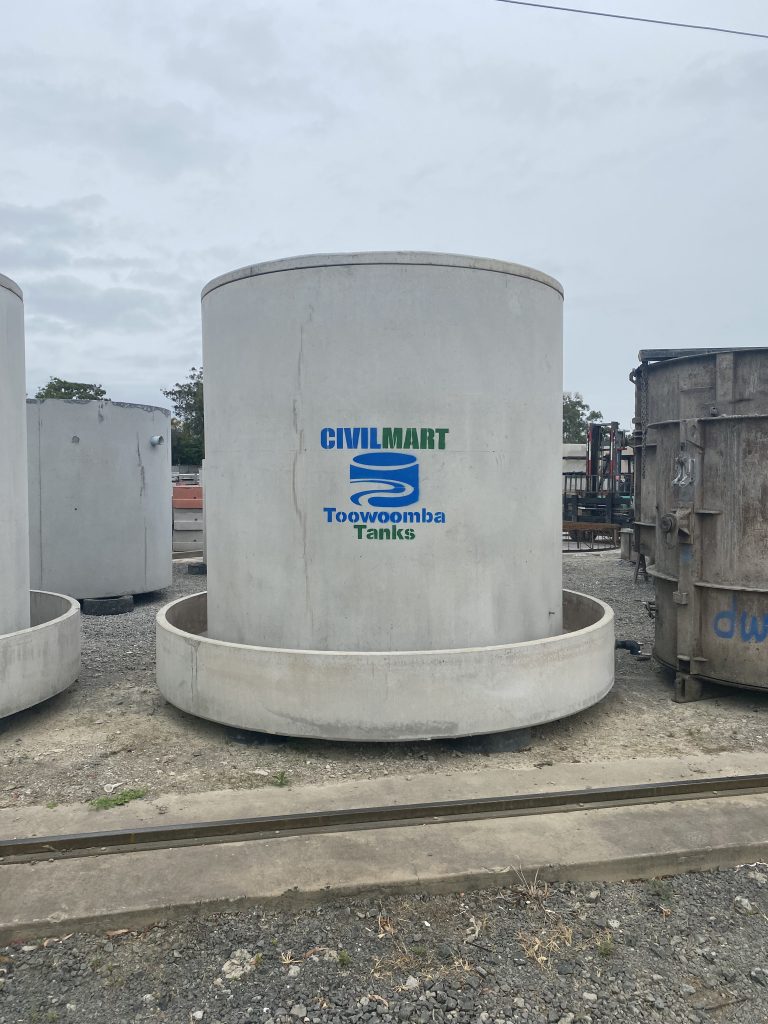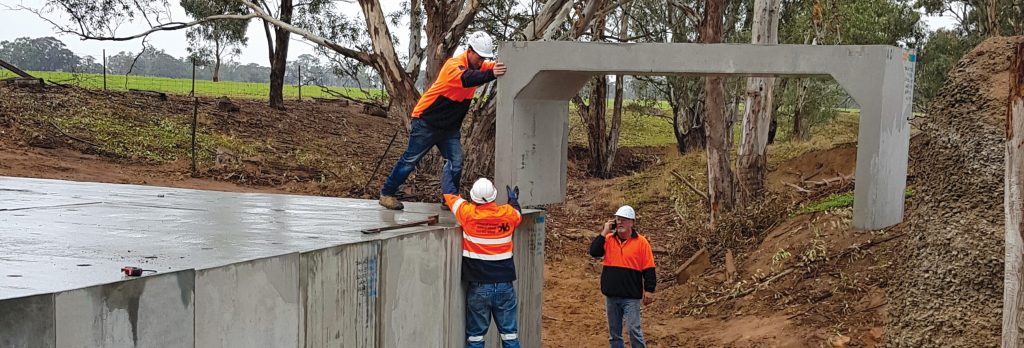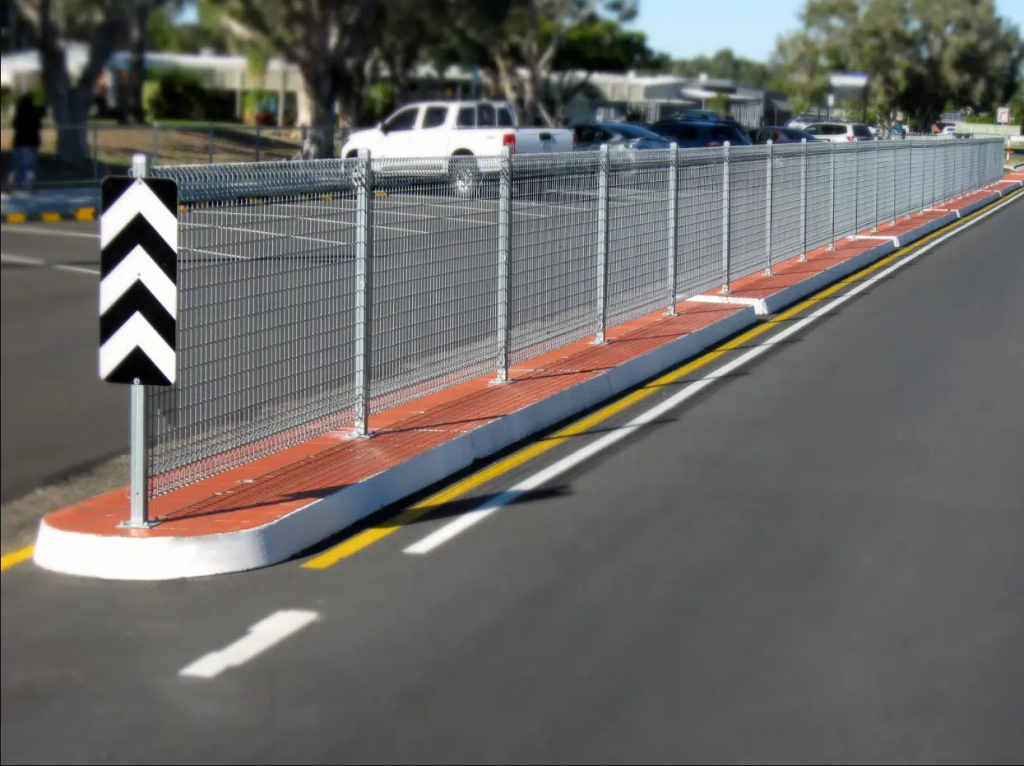Storms can cause major damage whether it’s a hurricane able to destroy the family home, or a lightning strike causing out of control fires. However, with a variety of different drainage systems implemented into our day-to-day lives, we often forget the havoc that out-of-control stormwater has the potential to cause.
Long gone are the days of small or even regular levels of rainfall causing floods in Australia. We do from time to time have major rainfall that causes flooding and major damage. However, by implementing many types of water drainage systems, both in our previous and future projects, our infrastructure is becoming less susceptible to devastation.
What is a Stormwater Drainage System?
There are likely a few people reading this asking what is a stormwater system? Well, there are actually many different drainage systems that all serve the same goal. Instead of letting rain fall and stay wherever it lands, we need to redistribute stormwater either into storage or back into naturally occurring water channels.
We don’t really have any control over where rain occurs or lands. We need to install an array of systems such as Surface Stormwater Drainage, Side Entry Pits, Subsurface Drainage, Gross Pollutant Traps, Open Storm Drains, Spoon Drains or Slope Drainage systems to mitigate an overflow of water.
How does Stormwater Drainage Work?
In most cases drainage systems use a network of pipes, pits, gutters or ditches to direct water into a central location. On our homes we have gutters that direct rain from our roofs into a drain. In our streets we have a network of gutters that direct water into stormwater pits. We also have open storm drains that typically run along our roads or in rural areas that direct water into one place as well.
Utilising all these different drainage systems, most areas in Australia will direct stormwater into a single network. This single stream will normally flow through a water treatment plant to remove and toxic chemicals or debris that’s made it into our wastewater.
From this point water is clean enough to be directed back into our water systems such as water basins or water tanks on private property. Most regions will utilise rainwater for use in our communities, this is how we end up with running water in our homes and businesses. However, in some cases water may even flow directly into the ocean, lakes or rivers.
Closed/Surface Stormwater Drainage Systems
When we think about different types of water drainage systems, the most common style to come to mind is a closed stormwater drainage system, also known as a surface drainage system.
Using gutters or sloped ground is directed into a grate normally installed at ground level. Underground though there is a specially engineered as a series of interconnected stormwater drainage pits. These pits will hold and redirect large quantities of water that makes its way into our carparks, roads or open areas of land. However, this is just the first style of stormwater pits used in our drainage systems.
Side Entry Pit Stormwater Drainage Systems
A different style of stormwater drainage pit is a side entry pit. Rather than a rebated section on the top of your pit to hold a grate or cover, the side entry pit is missing the highest point of the outward facing wall to allow access at ground level.
Normally installed along our streets, with gutters that direct the flow of stormwater toward the side entry pit opening. However, unlike a standard stormwater pit with a grated opening, the side entry pit requires a lintel or kerb entry unit for the flow water to effectively enter the chamber.
As a grated pit can obstruct larger debris entering the chamber and a side entry pit cannot, a trash grate will typically be installed at the base of the pit to prevent anything entering any pipes leading out of the chamber.
Open Storm Drains
In rural towns and farm properties around Australia open storm drains or open trenches are used to manage rainfall. Being either manmade or naturally occurring the simple channel is uses gravity to direct drainage from a higher elevation to a lower elevation. The open drain typically is fed to either an alternative stormwater system, the coastline or a water storage system such a Civilmart’s Water Tanks.
Spoon Drain Systems
Featuring a similar design to an open storm drain, spoon drain systems are a U-shaped channel without a roof designed to direct the flow of water. The roofless design is to capture rainfall before it can be soaked into the ground.
Typically shorter in length than an open storm drain, spoon drains can be installed in smaller areas, however still utilise gravity to move water from a high elevation to a low elevation.
Spoon drains are normally manufactured with either concrete or steel and have the bonus of custom designs to fit around corners or bends.
Slope Drainage Stormwater Systems
Most homes and many other buildings are designed with a sloped roof to direct rainfall off the roof and into gutters. The sloped design creates a change in elevation that directs the water toward the edges of the roof. A ring of gutters are installed around the roof to collect water and direct the flow into designated piping.
In most cases this piping connects directly into a closed/surface stormwater drainage system.
Subsurface Stormwater Drainage Systems
A subsurface stormwater drain or French drain is a series of perforated pipes installed underground to collect water absorbed into the soil. The French drain is surrounded by rock or gravel which collects and redirects water in the ground through the pipe network and away from the area.
Subsurface drains are typically installed near buildings for the purpose of preventing water damaging the structure of the building’s foundation.
Gross Pollutant Trap Systems
Gross Pollutant Traps such as Civilmart’s CDS Unit are designed to prevent unwanted pollutants, litter and oils from entering our stormwater systems.
Normally installed within a main stormwater system, a GPT uses the energy created from the inflow of water to create a vortex that deflects pollutants into a screening chamber in the centre of the unit. The pollutants are then collected in storage below the system for disposal.
Gross pollutant traps are a perfect addition to stormwater installations in residential, commercial or industrial developments and can be retrofitted into existing stormwater systems.
Why Choose Civilmart for Your Stormwater Drainage Solutions
When it comes to anything water quality Civilmart are the industry experts. With a combined knowledge spanning over 794 years we have the team to help with your next stormwater installation. Get in touch with the team today!




